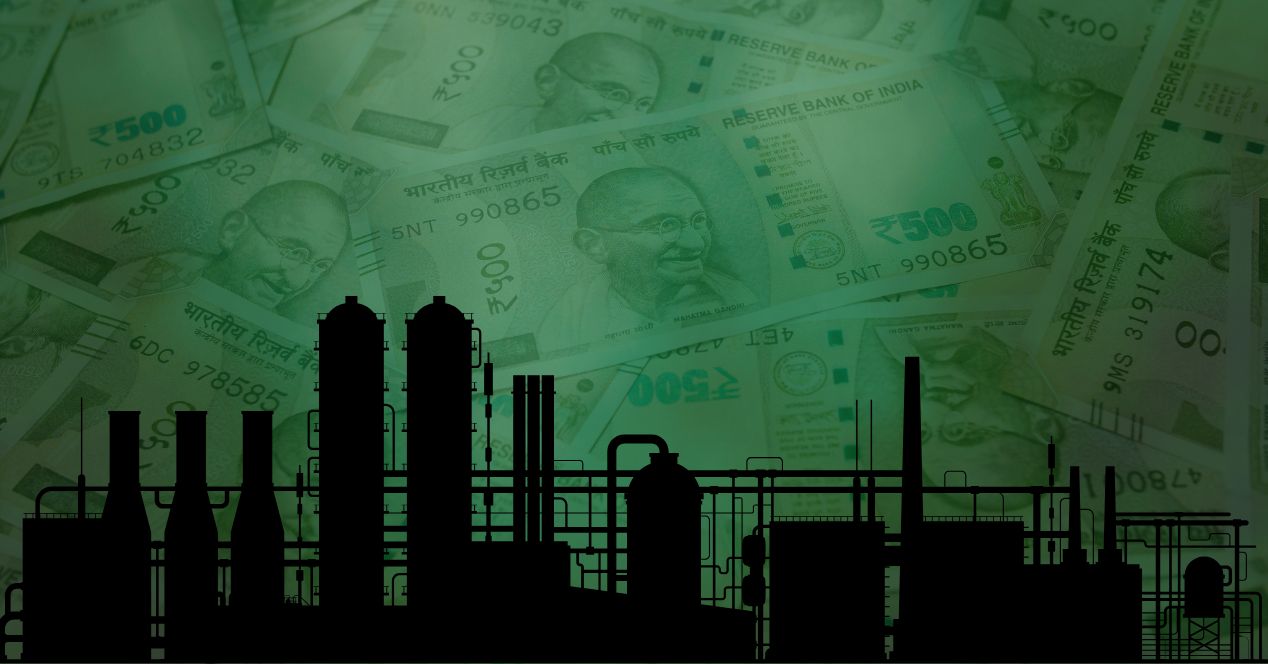Regulating Industrial Alcohol | Judgement Matrix
State’s power to regulate industrial alcoholJudges: D.Y. Chandrachud CJI, Hrishikesh Roy J, A.S. Oka J, B.V. Nagarathna J, J.B. Pardiwala J, Manoj Misra J, Ujjal Bhuyan J, S.C. Sharma J, A.G. Masih J
On 23 October 2024, the Supreme Court upheld state governments’ power to regulate industrial alcohol in an 8:1 majority.
The Court delivered two opinions in the case. CJI D.Y. Chandrachud wrote the decision on behalf of seven brother judges. Justice B.V. Nagarathna dissented.
The key issue in the case is whether “intoxicating liquor” in Entry 8 of the State List refers only to potable alcohol or also includes industrial alcohol. In Synthetics & Chemicals Ltd v State of Uttar Pradesh (1989), a seven-judge bench had held that “intoxicating liquor” only meant potable alcohol, specifically consumable by humans. This decision explicitly excluded industrial alcohol from state regulation.
Along with testing the correctness of Synthetics & Chemicals, the Court was tasked with deciding whether the Union government’s power to take control of an industry under Entry 52 of the Union List was superior to the state governments’ power to control industrial alcohol. It also had to answer the question of whether a notified order under Section 18G of the Industries (Development and Regulation) Act, 1951 (IDRA) is necessary for Parliament to occupy the field under Entry 33 of the Concurrent List.
The Supreme Court Observer’s Judgement Matrix breaks down what each judge held on the key questions raised in the case.
Background
Entry 8 of the State List vests state governments the power to make laws on “Intoxicating liquors, that is to say, the production, manufacture, possession, transport, purchase and sale of intoxicating liquors.” In Synthetics & Chemicals Ltd. v State of Uttar Pradesh (1990) the Supreme Court had held that “intoxicating liquors” only referred to potable (drinkable) alcohol, and that industrial alcohol (also called rectified or denatured spirit) was outside of the scope of state governments’ powers. It also interpreted Section 18G of the Industries (Development and Regulation) Act, 1951 (IDRA) to take away states’ powers under Entry 33 of the Concurrent List, citing that Parliament by declaration (law making) could allow the Union government to “cover the field” of industrial alcohol regulation. Section 18G empowers the Union to control the supply, distribution, price, etc. of certain articles in a scheduled industry for securing equitable distribution and availability at fair prices.
On 27 October 2007, a Division Bench of the Supreme Court in the State of U.P. v Lalta Prasad Vaish held that Synthetics & Chemicals wrongly interpreted Section 18G of the IDRA to remove the powers of the state legislature from Entry 33 of the Concurrent list.
The bench noted that the seven-judge bench in Synthetics & Chemicals had missed referring to Ch. Tika Ramji v State of Uttar Pradesh (1956) where the Court had held that the state’s legislative competence under Concurrent list was not ousted by Section 18G. If the decision in Synthetics & Chemicals “was allowed to stand”, it would render Entry 33(a) of the Concurrent list “nugatory or otiose.”
On 8 December 2010, after noting that the views expressed by the seven-judge bench in Synthetics & Chemicals had “been distinguished” in several subsequent decisions of the Court, a five-judge bench finally referred the matter to a nine-judge Constitution Bench.
